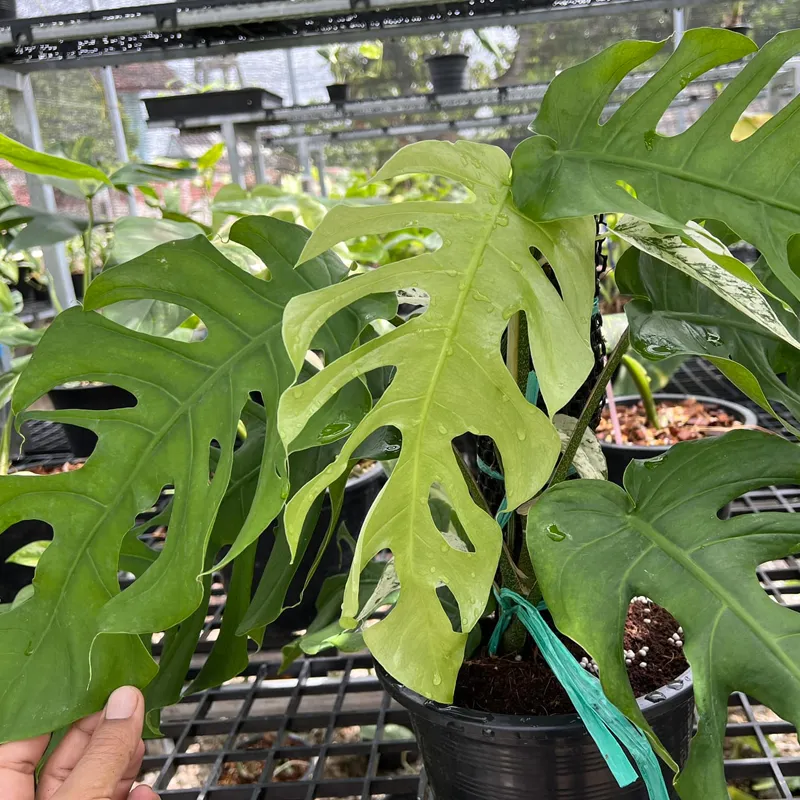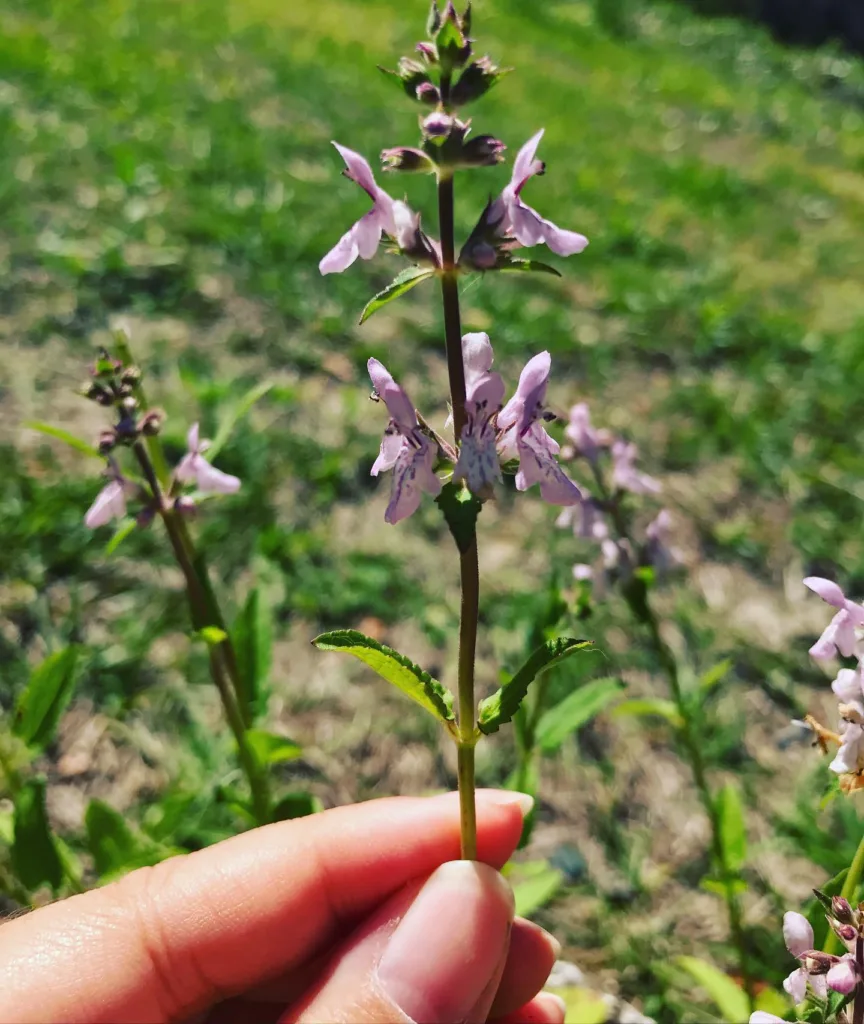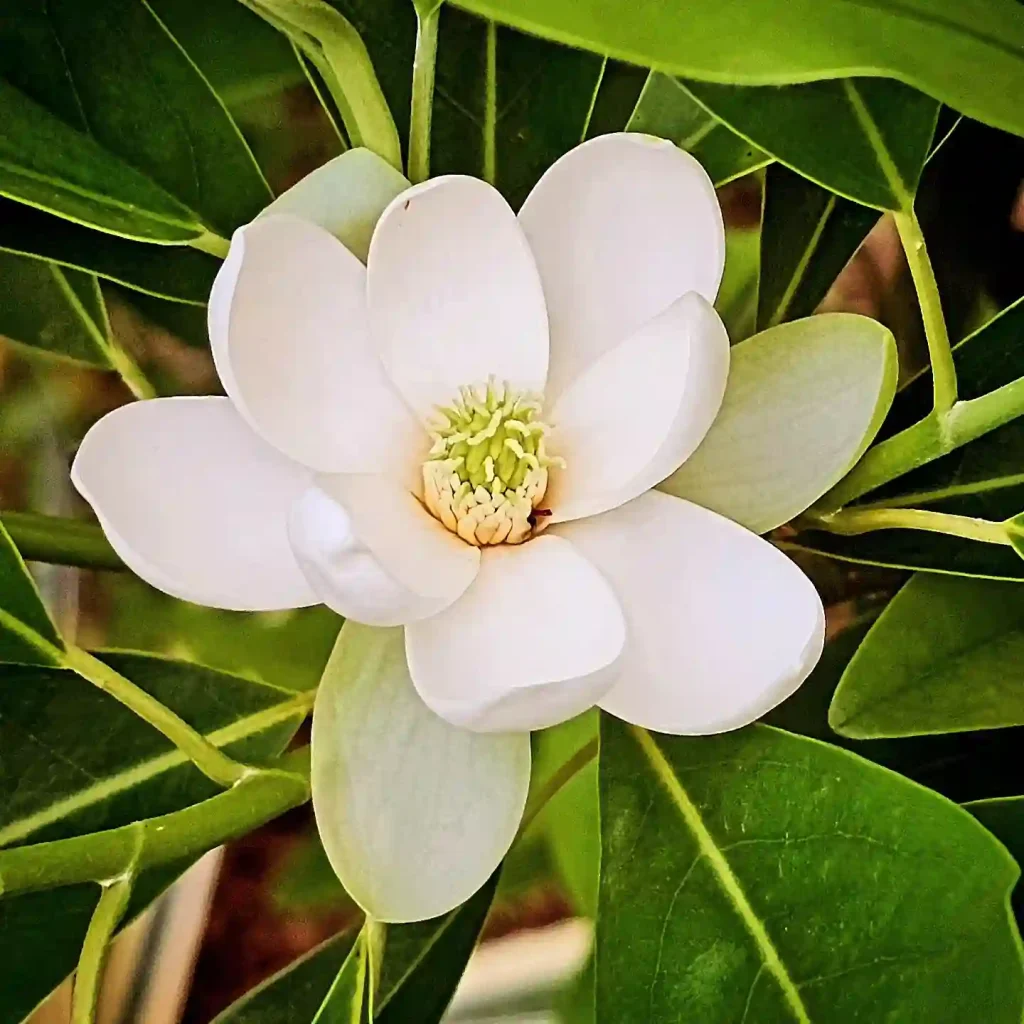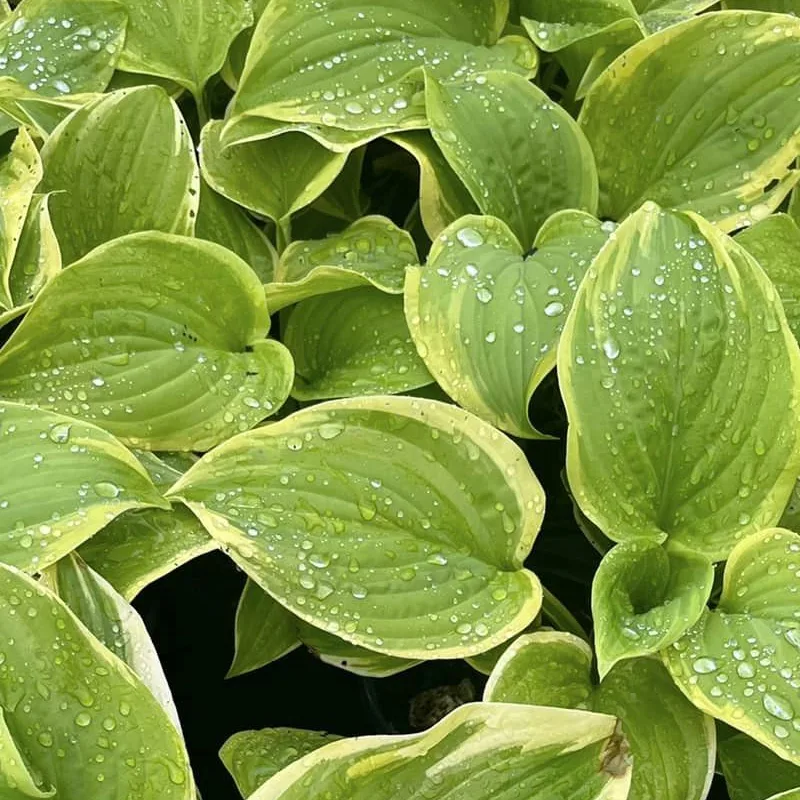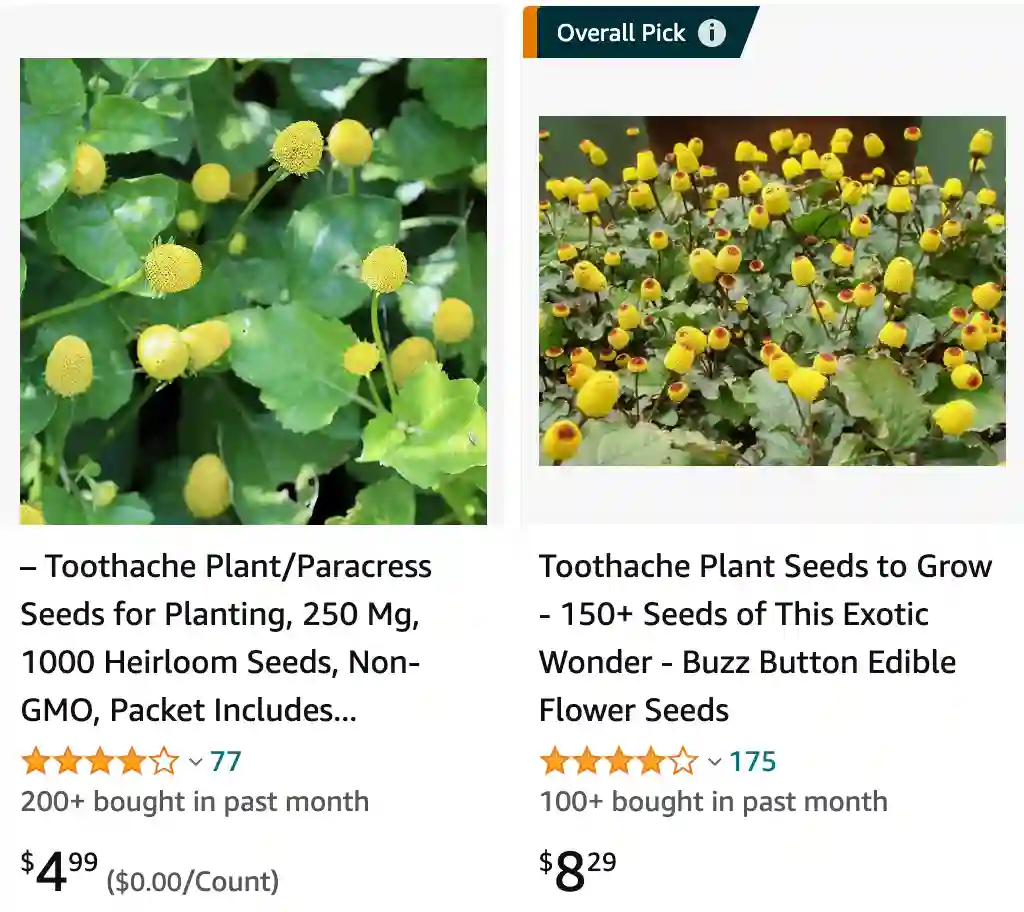
What is spilanthes?
Spilanthes, also known as the toothache plant or the electric daisy, is a herbaceous flowering plant native to South America, but it’s also grown in other regions around the world. I’ve always been fascinated by its unique appearance and its traditional uses in herbal medicine.
What is spilanthes good for?
Spilanthes is renowned for its medicinal properties and has been used traditionally to alleviate toothaches, hence its nickname “toothache plant.” It contains compounds like spilanthol, which has analgesic and anti-inflammatory properties. Some people also use it for its potential immune-boosting effects.
Is spilanthes a perennial?
Spilanthes is typically grown as an annual or short-lived perennial in temperate climates. It’s sensitive to frost and prefers warm temperatures, so it’s often grown as an annual in cooler regions.
Can you smoke spilanthes?
While it’s possible to smoke various herbs, including spilanthes, I wouldn’t recommend smoking spilanthes. Its primary uses are medicinal and culinary, and smoking it may not provide the desired effects while exposing you to potential risks associated with inhaling smoke.
How long spilanthes live?
The lifespan of spilanthes can vary depending on growing conditions and cultivation practices. As a perennial in warmer climates, it may live for a few years if well cared for, but in cooler regions or when grown as an annual, its lifespan is typically limited to a single growing season.
How to grow spilanthes?
Growing spilanthes is relatively easy, as it’s adaptable to a range of soil types and conditions. It prefers full sun to partial shade and well-draining soil. I’ve grown it in pots and garden beds, and it seems to thrive with regular watering and occasional fertilization.
How to harvest spilanthes?
Harvesting spilanthes is best done when the flowers are in full bloom. I usually snip off the flower heads or individual flowers using clean scissors or pruners. It’s essential to harvest responsibly, leaving enough flowers behind for the plant to continue blooming and producing.
How to make spilanthes tincture?
To make a spilanthes tincture, you’ll need dried spilanthes flowers or leaves and a high-proof alcohol like vodka or Everclear. Simply combine the dried plant material with the alcohol in a clean glass jar, ensuring that the plant material is fully submerged. Let it steep for several weeks, shaking the jar occasionally, then strain out the plant material and store the tincture in a dark glass bottle.
How to use spilanthes?
Spilanthes can be used in various ways, including fresh or dried in teas, tinctures, or infused oils. Some people chew the fresh flowers or leaves to experience the tingling, numbing sensation it produces in the mouth. It can also be added to culinary dishes for a unique flavor and potential health benefits.
Is spilanthes safe for dogs?
While spilanthes is generally considered safe for humans when used in moderation, it’s best to avoid giving it to dogs or other pets without consulting a veterinarian. Some animals may have adverse reactions to certain compounds in the plant, so it’s better to err on the side of caution.
How to dry spilanthes?
To dry spilanthes, you can hang the harvested flowers or leaves upside down in a well-ventilated area away from direct sunlight. Once dry, store them in an airtight container away from moisture and light to preserve their potency.
How to extract spilanthes?
Extracting spilanthes can be done using various methods, including making teas, tinctures, or infused oils. Each method extracts different compounds from the plant, so it’s essential to choose the method that best suits your intended use and desired effects.
If i die, water my plants!
